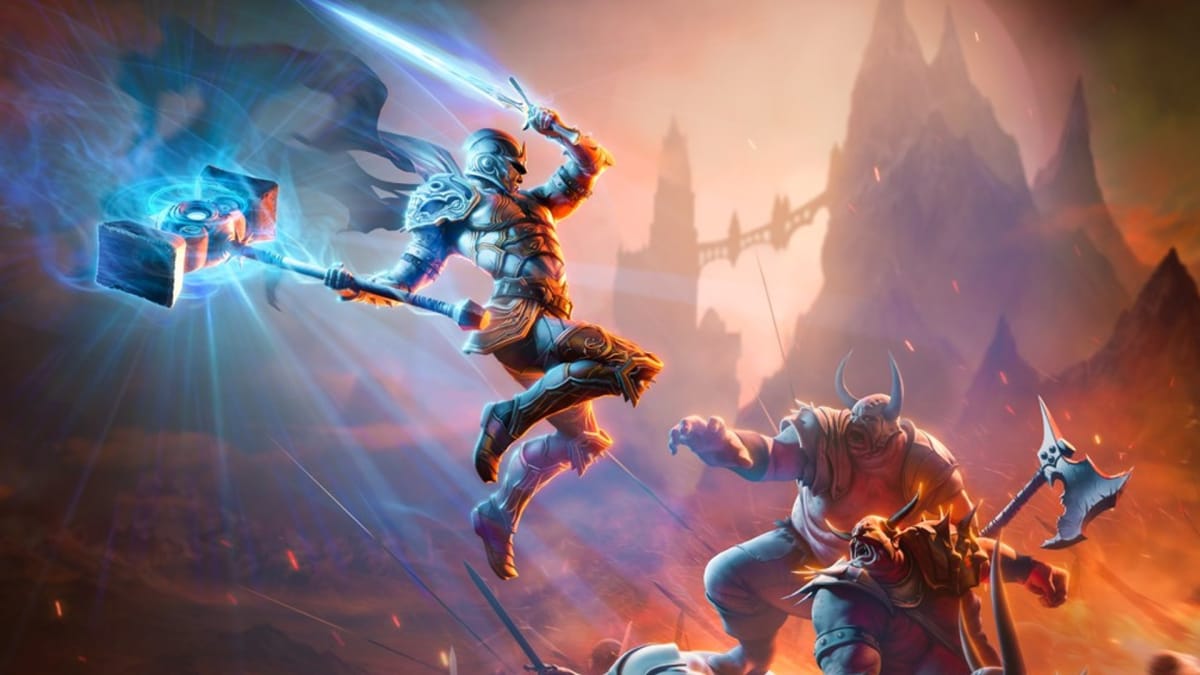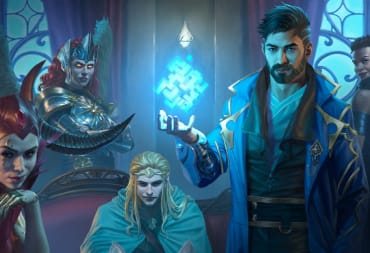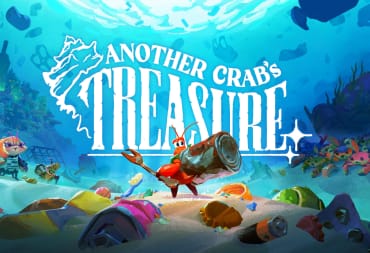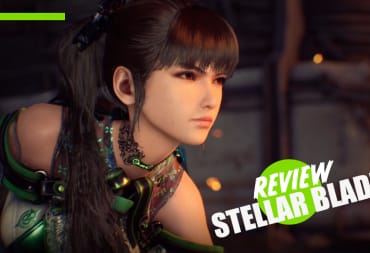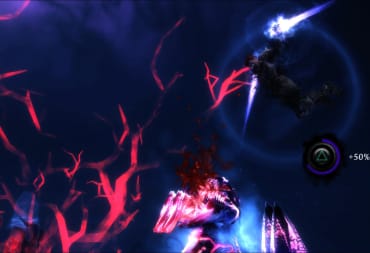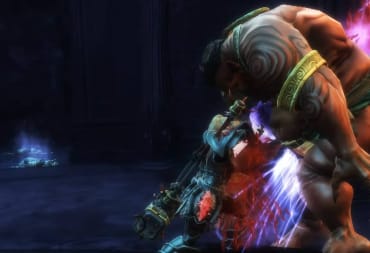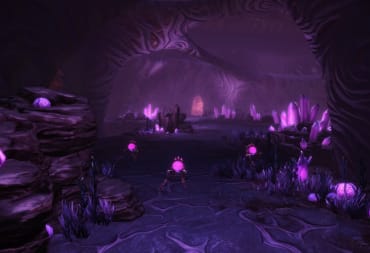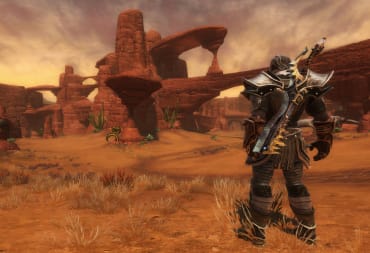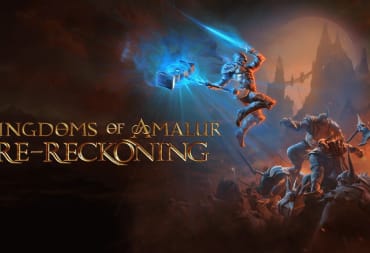Kingdoms of Amalur: Re-Reckoning has recently come out to... lukewarm reception. The biggest knock against the game isn't against its inherent quality—in fact I'd say it's aged quite well all things considered—but that so much of what modern RPGs have normalized, this game pioneered.
Case in point, one of Kingdoms of Amalur's more enjoyable mechanics: the destiny system. It's one of the few elements of the game that have kept it fresh. In many ways it ties into the game's themes more than the mountains of exposition the main characters deliver, and it helped western RPG combat move forward.
As mentioned in my review, the main gimmick of Kingdoms of Amalur is that your character has been brought back to life by some magical mad experiment. By this world's rules, it means that your character has complete and utter freedom of choice, detached from fate itself.
This is big since everyone in the world of Amalur is controlled by the forces of destiny and fate; your role, your career, and even how you die is written into the fabric of the universe itself.
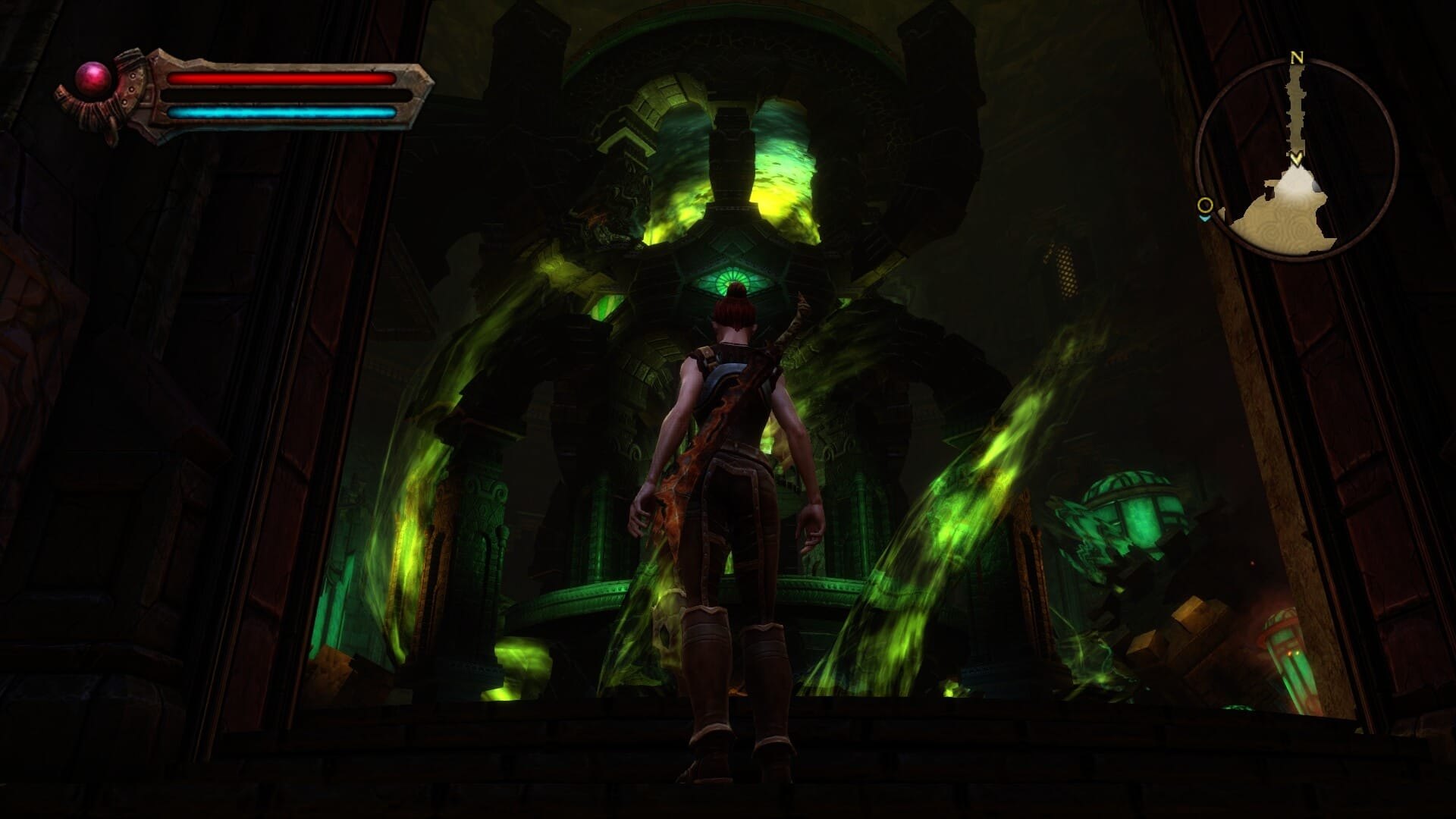
In the narrative, this means you are effectively a force of unknowable chaos meant to help save the world against a global threat, as well as potentially change other people's fates for the better. In gameplay terms however, the idea of being whatever you want is taken even further. Enter the Destiny system, Kingdoms of Amalur's take on player-customizable character classes.
Obviously, RPGs have flaunted the ability to make any character you want. The Elder Scrolls series for example doesn't even have dedicated archetypes (warrior, wizard, thief, etc.) but a large smattering of skills and abilities the player simply improves by using them. In theory, such an approach can allow for a myriad of unique playstyles, but more often than not it can lead to several skills either being too powerful or completely useless.
To illustrate, if you level up Stealth enough, you can turn invisible to the entire world in a single button press, but on the other hand, there are multiple flavors of magic like Alteration that feel completely redundant.
It's an attitude that Kingdoms of Amalur seems adamant on bucking, especially since the lead designer on the game was Ken Rolston, who worked on The Elder Scrolls IV: Oblivion.
At first glance, the customization in Amalur is severely limited: just three recurring combat stats of Might, Finesse, and Sorcery, along with a smattering of skill points for secondary abilities like lockpicking and weapon crafting. However, this system allows for a level of elegance that more complex RPGs lose.
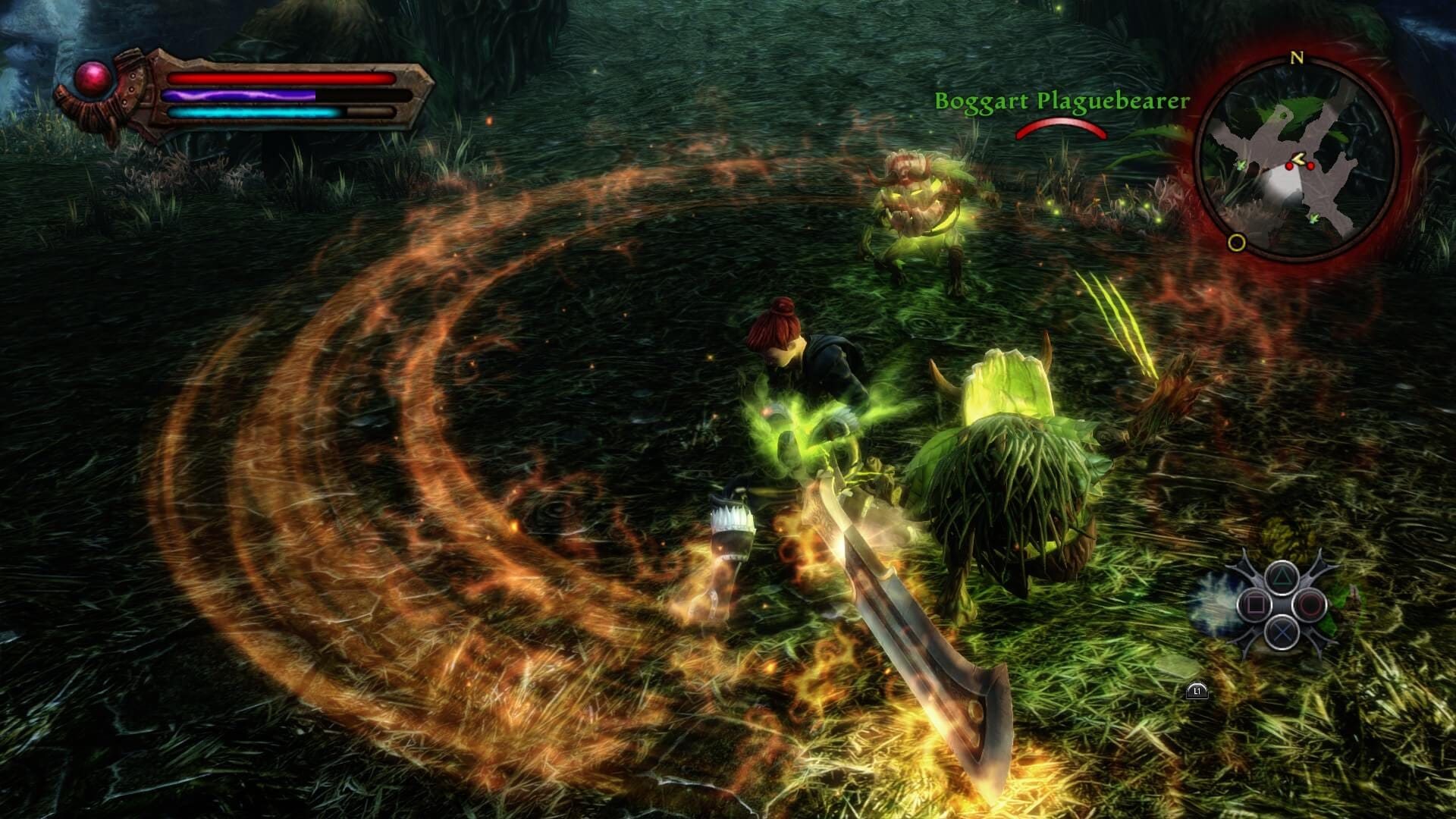
Once you put a certain number of points into any of the three main stats, you have the ability to equip a destiny that is relevant to your stats. Sticking to one keeps you as a pure warrior, rogue, or mage, and spreading out to other stats gives you mixed classes like a battlemage or a stealthy berserker.
These destinies start off giving you passive bonuses to your playstyle: extra mana to cast spells, more melee damage, enemies take longer to spot you if you're sneaking around, the list goes on. But as you make it to the highest possible tier - six in total - you unlock special abilities for sticking to that specialization.
A pure mage eventually develops the ability to teleport around the battlefield and summon copies of themselves to fight. The Might and Finesse mix of Blademaster will get the ability to leech health from enemies. The universalist - one who specializes in all three skills - gains massive bonuses to secondary skills, the ability to wear almost any piece of armor without penalty, and wield any weapon in the game with maximum proficiency.
In a way it's a compromise between giving the player freedom while keeping them within familiar fantasy RPG archetypes. Personally, I think it walks the line admirably. While the destinies themselves give the player the feeling of being a certain character class, how they actually choose to build the character still amounts to personal taste. Each one of the three stats includes a skill tree with customizable spells and special abilities.
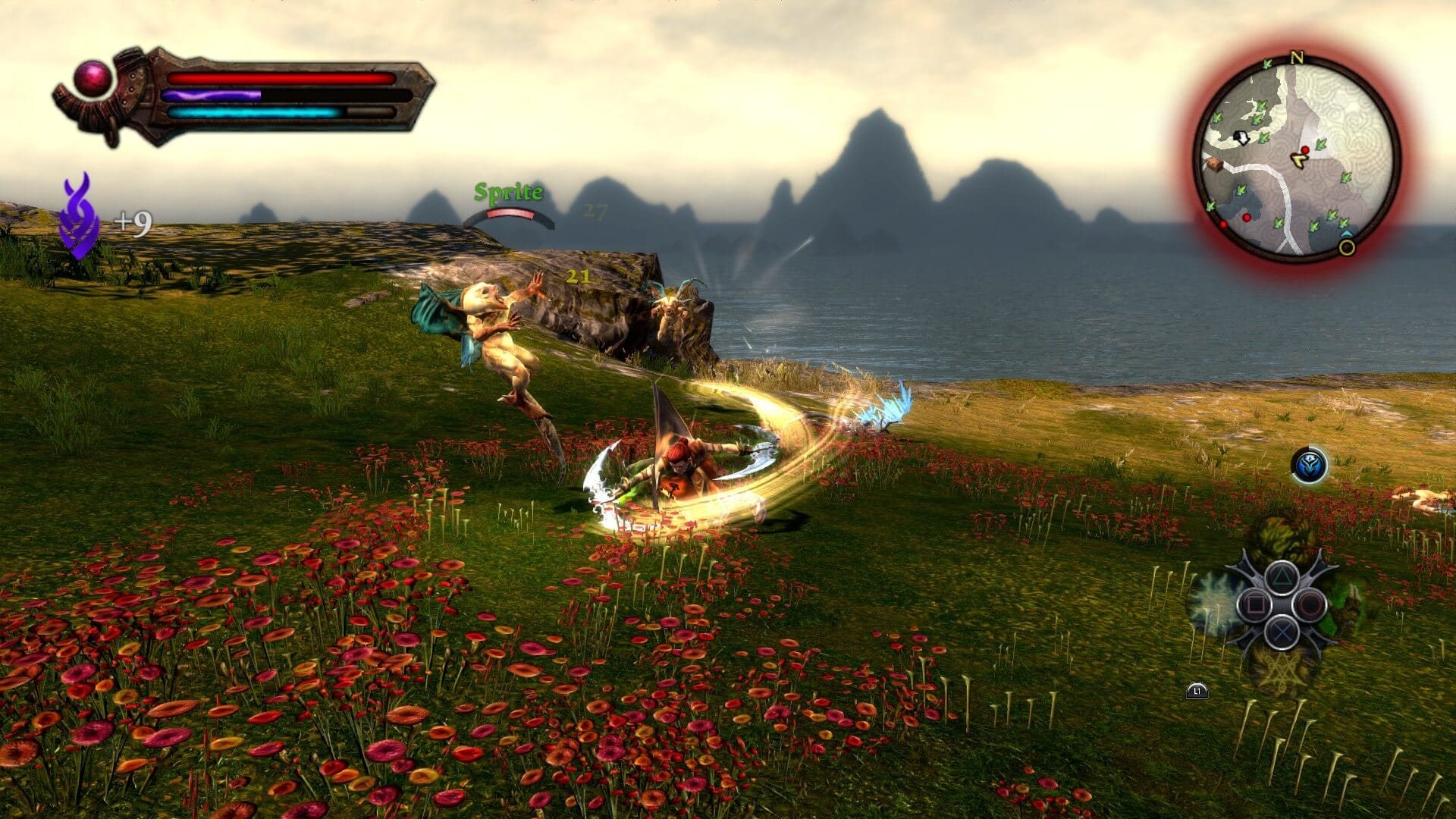
Everything is present from fireball spells, coating weapons in deadly poison, and unleashing devastating slam attacks. If the destinies are what you are in the broad strokes, the skill trees are where you can get creative. The limitations mostly come down to the game's level cap and how you choose to build the character.
But Kingdoms of Amalur was an RPG trying something new (for its time) and so included the ability to respec your character at any time. By heading to any of the towns in the game and speaking to their local Fateweaver, you can have all of your points refunded to you so you can try out another build.
On a purely mechanical level, this idea was lifted from MMOs like World of Warcraft, but thematically it makes perfect sense. If you are truly one without a fate, you should be able to re-imagine yourself at any time after all.
As many reviews pointed out at the re-release of Kingdoms of Amalur, a lot of what the game did was quietly revolutionary in 2012, but now feels antiquated in 2020. Just about every single RPG on the market now has fast-paced hack-and-slash combat with customizable abilities and an option to rewrite the character sheet at anytime. A few of them have even taken what narrative and themes can be explored in interactive entertainment to new heights.
The Witcher 3: The Wild Hunt, the Soulsborne series, even mid-range projects like Greedfall and Vampyr have come into their own niche with inventive takes on the genre built on an action foundation. Yet for the life of me, I can't think of a single experience that took the idea of a player character able to reinvent and remix their playstyle into the worldbuilding and narrative as well as this game.
It's the one shining element that has helped give Kingdoms of Amalur it's beloved status as a gaming cult classic. For all of its odd or outdated approaches to quest design, progression, and story pacing, for all of its weird stylistic choices and fantasy setting that somehow manages to be paradoxically dense yet hollow, the game's destiny system manages to hit a certain sweet spot with RPG lovers of all stripes.
It's a system I am glad more players will get to experience thanks to THQ Nordic's wishes to revive this franchise... once they roll out a few more patches of course.
This post was originally published in 2020 as part of our Bullet Points series. It's been republished to have better formatting and images.
Have a tip, or want to point out something we missed? Leave a Comment or e-mail us at tips@techraptor.net
